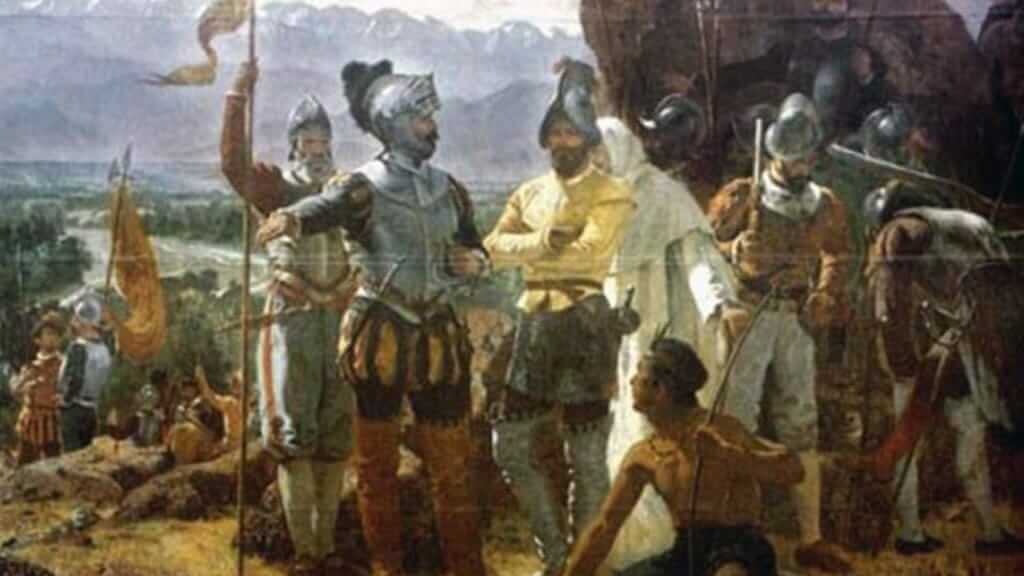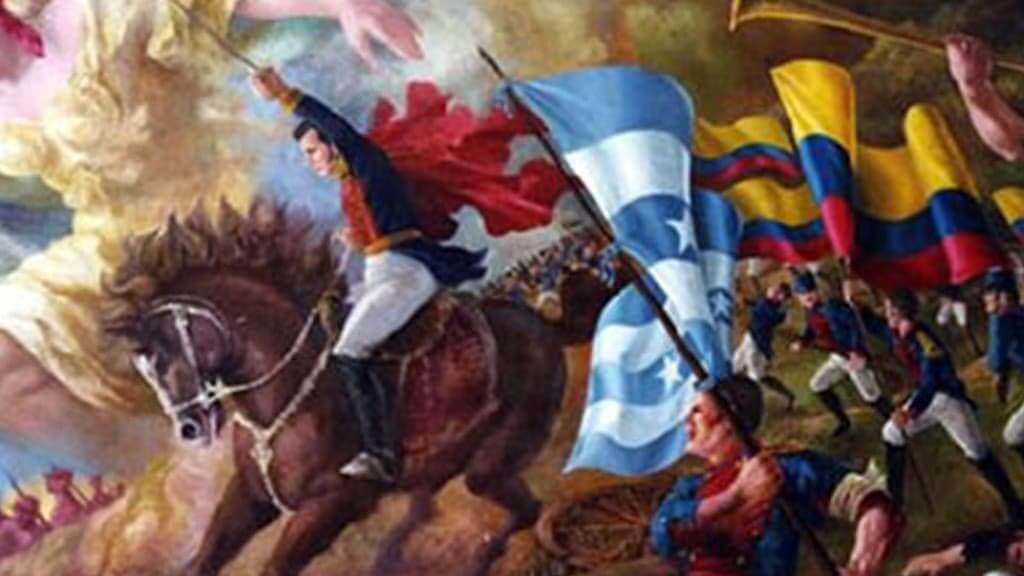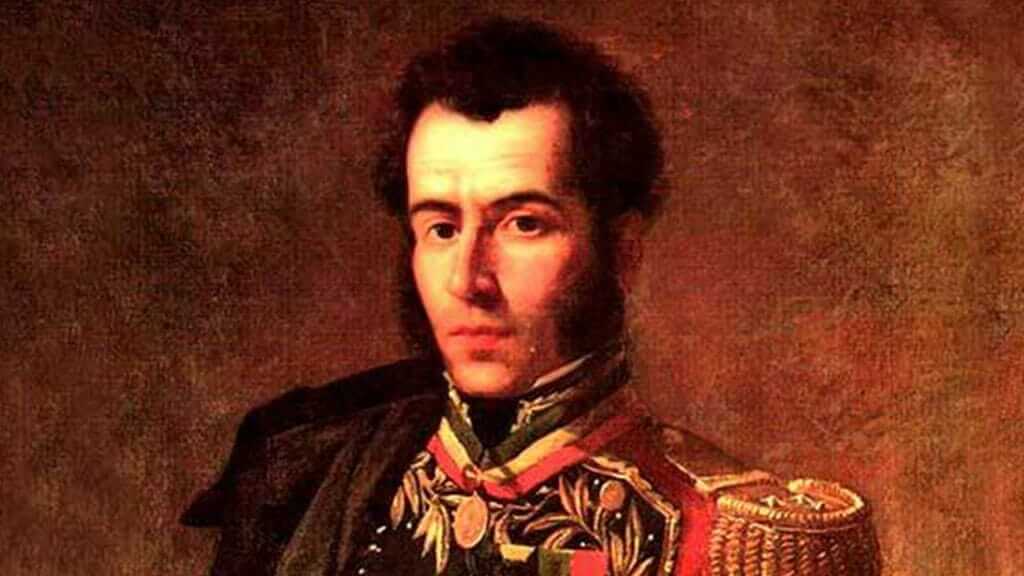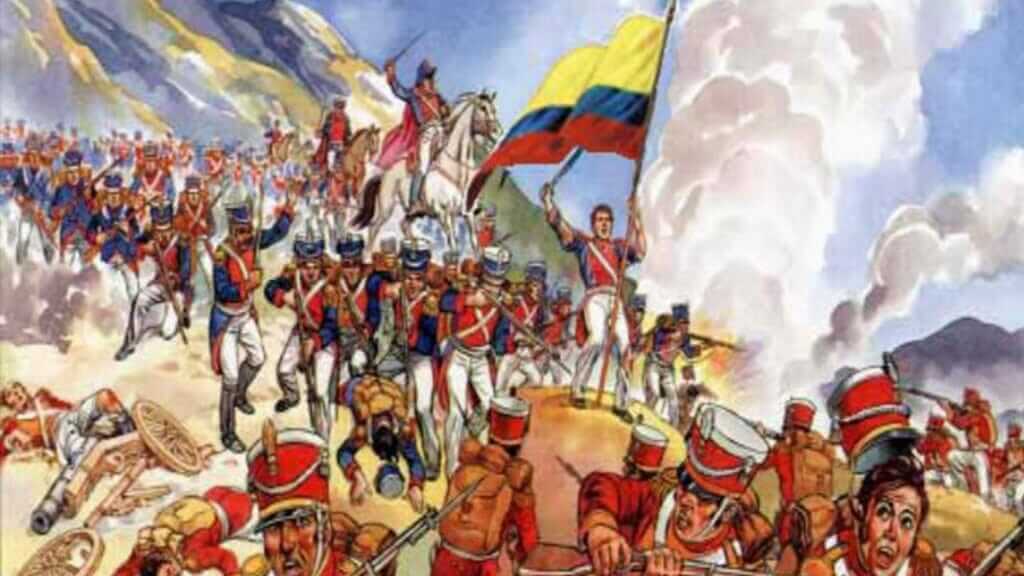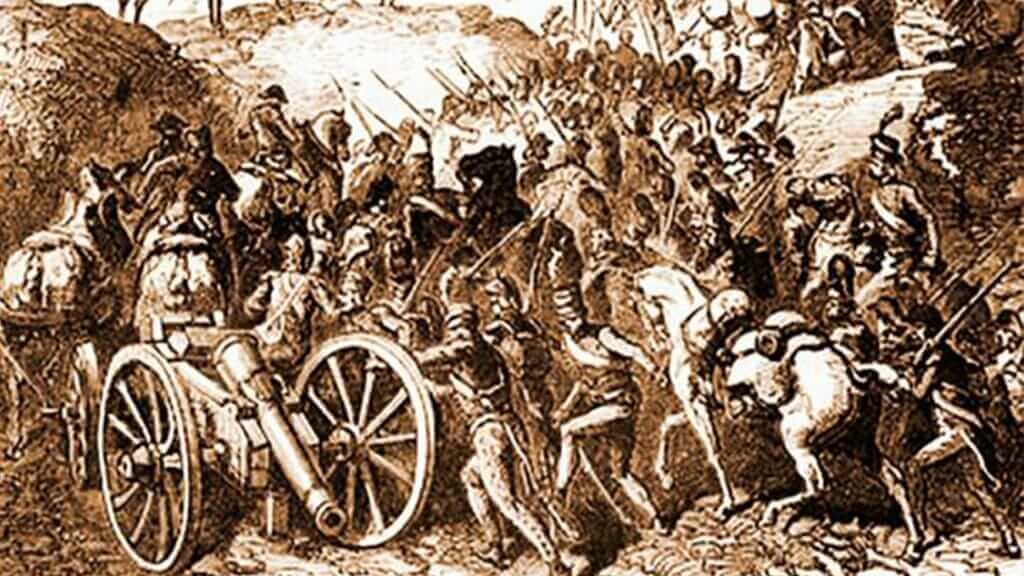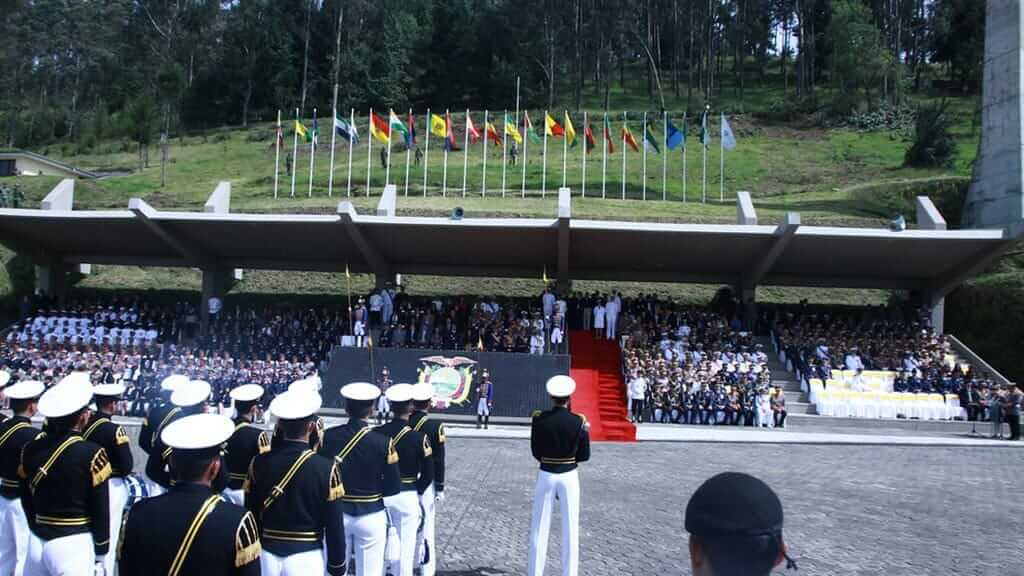The 24th May 1822 is a date etched in the heart of every proud Ecuadorian. It is the day that the battle of Pichincha took place on the slopes of the volcano above Quito. The day a famous victory would end centuries of Spanish occupation of the city, and mark a turning point in the independence of the country. Today, battle of Pichincha celebrations are held every year on 24th May in cities, towns, and villages across Ecuador. This public holiday remembers the soldiers who fought Ecuador’s war of Independence.
Keep reading to learn how a small group of soldiers defeated one of Spain’s biggest strongholds in South America. How did the battle of Pichincha unfold? What were the consequences after the battle? Where can visitors go on the 24th May to join in the celebrations?
SECURE YOUR ECUADOR TRAVEL
Get a FREE personalised quote todayThe Battle of Pichincha
The Backstory – Spanish Colonialism
Ecuador fell to Spanish colonial forces back in 1534, just 2 years after the Spanish conquest of the incas in Peru. There followed centuries of Spanish rule over the native indians of Ecuador and South America.
Let’s fast forward to the 18th centrury. Spain’s economy was faltering in Europe, which resulted in economic hardship for her colonies. Worse was soon to come as Napolean’s French forces invaded Spain. Ecuador’s textile industry was badly hit, with production dropping over 50% from 17th century levels. Wealthy land owners in the colonies were becoming poorer and restless, starting to question the benefits of Spanish rule.
First Cry for independence
On 10th August 1809, South America witnessed the first signs of open rebellion against the Spanish. In Quito, a small group of insurgents led by important figures in Ecuadorian society took the city. Although the rebellion was crushed, important seeds of doubt (and hope) had been sown.
By 1822, the war for independence against Spain in South America was in full swing. Simon Bolivar had liberated much of the northern region of the empire. Meanwhile Jose de San Martin had been fighting the Spanish in the south.
Ecuador’s port city of Guayaquil had already proclaimed Independence from Spanish rule after a quick and almost bloodless revolt against the local colonial garrison. Two failed attempts had been made to liberate the Real Audiencia of Quito. Simon Bolivar was now plotting his third attack.
Who was General Sucre?
Antonio José de Sucre y Alcalá, a Venezuelan independence leader, was the man entrusted by Simon Bolivar to lead the third attack for the liberation of Quito. He would lead the patriot army at just 27 years of age. This was a huge responsibility on Sucre’s shoulders – the future history of Ecuador depended on him.
Sucre’s adversary was Field Marshal Melchor Aymerich, commander of the Spanish royalist forces.
Although the Battle of Pichincha was not one of the larger scale battles of the South America liberation campaign, it was to hold great strategic significance for the continent.
Which side would prevail?
What happened at the Battle of Pichincha?
Sucre’s patriot army was a rag-tag mix of 1,700 men when they left the city of Guayaquil. Some were veterans of old campaigns, other were raw recruits eager to fight for the cause. They included a rather strange mix of Ecuadorians, Colombians, Peruvians, indigenous natives, and even a battalion of English, Irish, and Scots.
Why were British forces fighting far away in South America? Most were veterans of the Peninsular War against Napoleon. When that war ended in Europe, Great Britain had many unemployed soldiers with no war to fight. So, Bolivar successfully recruited some to join his forces in South America.
Sucre led his men on a route south through Machala, Cuenca and Saraguro, then up through the central Andean valley passing Riobamba and Latacunga. Along the way 1,300 more men joined the march, boosting their numbers to around 3,000. It was as they approached Quito that Sucre pulled an ace from his sleeve. Instead of heading into a frontal attack on unfavorable terrain, he decided to attempt an outflanking manoeuvre. By marching along the slopes of Cotopaxi volcano into the Chillos valley, they could surprise the enemy from the rear.
Sucre also knew that they stood a better chance if they could attack from high ground. So at night he ordered his army to climb the slopes of Pichincha Volcano, overlooking Quito. This made perfect sense in terms of military tactics, but unfortunately things did not go quite to plan. By dawn his army were only half way up the volcano, which left them exposed and without the element of surprise. To make matters worse, his men were exhausted, cold and wet, with some suffering from altitude sickness.
Without time to rethink the battle had commenced. A well-aimed Spanish musket volley kicked off 3 hours of heavy and confused fighting. Bayonet charges ensued on the difficult terrain of Pichincha’s slopes, with each force trying to outflank the other by heading even higher up the slopes. The battle ebbed and flowed, neither side gaining a decisive advantage.
Finally after 3 hours of bloodshed the battle ended when the royalist Spanish forces suffered heavy losses and ordered a retreat. The following day Sucre marched his proud army into Quito city to accept the formal surrender of the Spanish troops. The liberation of Quito had proven 3rd time lucky.
In the words of Sucre, during the battle of Pichincha, 400 Spanish soldiers and 200 patriots lay dead, while over 1,100 Spanish prisoners were taken. There was also a special mention for Lieutenant Calderón who continued to fight even after suffering four successive wounds. Calderon would later pass away, but is today recognised in his home town of Cuenca, where the central plaza bears his name.
GET FREE ADVICE
From an Ecuador destination expert todayWhen did Ecuador gain independance?
The very day after the battle, May 25th 1822, the Spanish general Melchor Aymerich and Antonio José de Sucre signed an act of surrender, in which the Spanish forces handed over their weapons to the patriot army.
The Spanish colonial occupation of Ecuador had finally come to a historic end. The people in quito set up their own government, called their new home the Republic of Ecuador, and started a new and exciting chapter in their own lives and the history of their country.
The victory at the battle of Pichincha also paved the way for Bolivar to head south into Peru. It wasn’t long before Peru and Bolivia were also liberated, and South America entered a new period of their history.
What became of General Sucre after the battle of Pichincha?
Sucre’s fight was not yet over. He also fought in Peru and Bolivia, winning several more battles of note. As one of Simón Bolívar's closest friends, generals and statesmen, he also served as the 4th President of Peru and 2nd President of Bolivia.
Unfortunately for Sucre, history had a cruel twist of fate waiting for him. In 1830 he was assassinated by supposed allies as different influential factions vied for control of different regions of Bolivar’s Gran Colombia.
Today Sucre is still warmly remembered by Ecuadorians. His name was given to Quito Airport (Mariscal Sucre airport) in his honor, as well as the new town area of Quito city (La Mariscal). Before the US dollar, Ecuador’s currency was also known as the Sucre.
Antonio José de Sucre y Alcalá is buried in Quito Cathedral, as he had been quoted as saying "I want my bones to be forever in Quito", where his wife, Mariana de Carcelén y Larrea, Marquise of Solanda, had grown up.
How is the Battle of Pichincha celebrated today?
To this day in Ecuador the 24th May is celebrated with military parades and a national holiday.
For an authentic experience that captures the spirit of the holiday, head up to the Quito’s Cima de la Libertad (the summit of liberty) - a monument and museum built at the site of the historic battle on Pichincha’s slopes. Here, every 24th May, a ceremony remembers Ecuador’s historic victory at the battle of Pichincha, with military bands, parades and fly-overs paying tribute to the heroes of the revolution.
Visitors might also enjoy military street parades in Ecuador’s major cities such as Quito, Guayaquil and Cuenca. Each year timings and venues vary, so it’s best to check local information if you want to catch one of these events.
If you enjoyed reading about the Battle of Pichincha, check out some of our other Ecuador holidays themed posts: Fiestas de Quito, Carnaval, Day of the Dead, New years in Ecuador, Semana Santa (Holy Week).
The year 2022 is an extra special Battle of Pichincha celebration, marking 200 years since this important battle took place. The Municipio of Quito are planning a variety of events to celebrate the occasion, including a free music festival on 22/may in Quito's Bicentenario Park, and an outdoor theatrical performance in San Francisco plaza on 24th and 25th May. For more information check the official cultural agenda of QuitoCultura.
Contact us for help organising an unforgettable Ecuador vacation. We have a broad selection of popular Ecuador tour itineraries, or can custom-make a unique itinerary just for you. We are also very experienced at organising trips to the Galapagos Islands and Amazon Rainforest.
The #1 Trusted
Ecuador Travel Agency
In Conclusion, Ecuador’s battle of Pichincha holiday marks a hugely important moment in the history of the country. Visitors to Quito can visit La Cima de la Libertad to visit the battle site & learn more about the military tactics that won the day. If you are visiting on the 24th May then try to catch a parade and join in the celebrations. Viva la revolución! Viva Ecuador!

